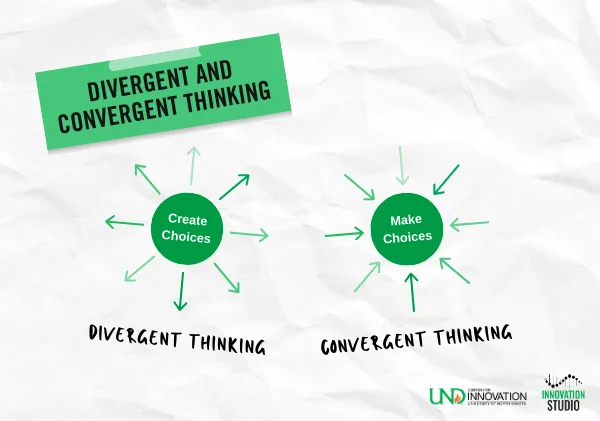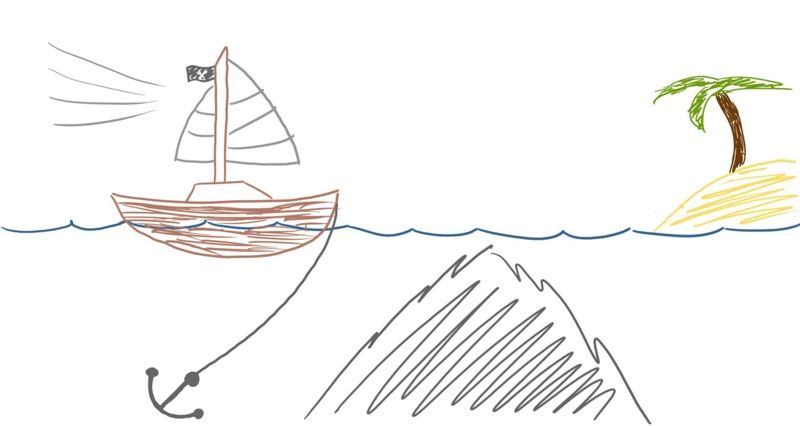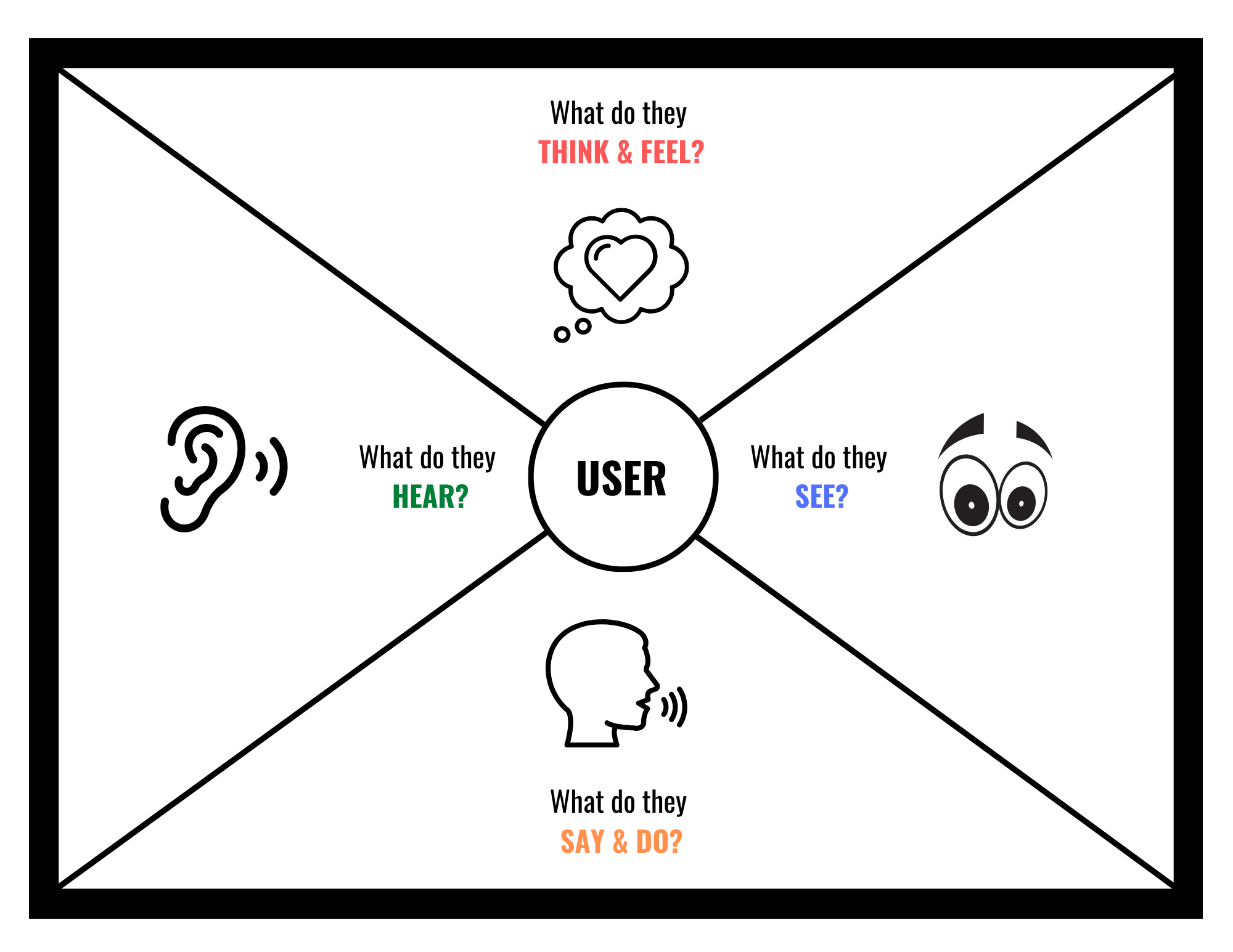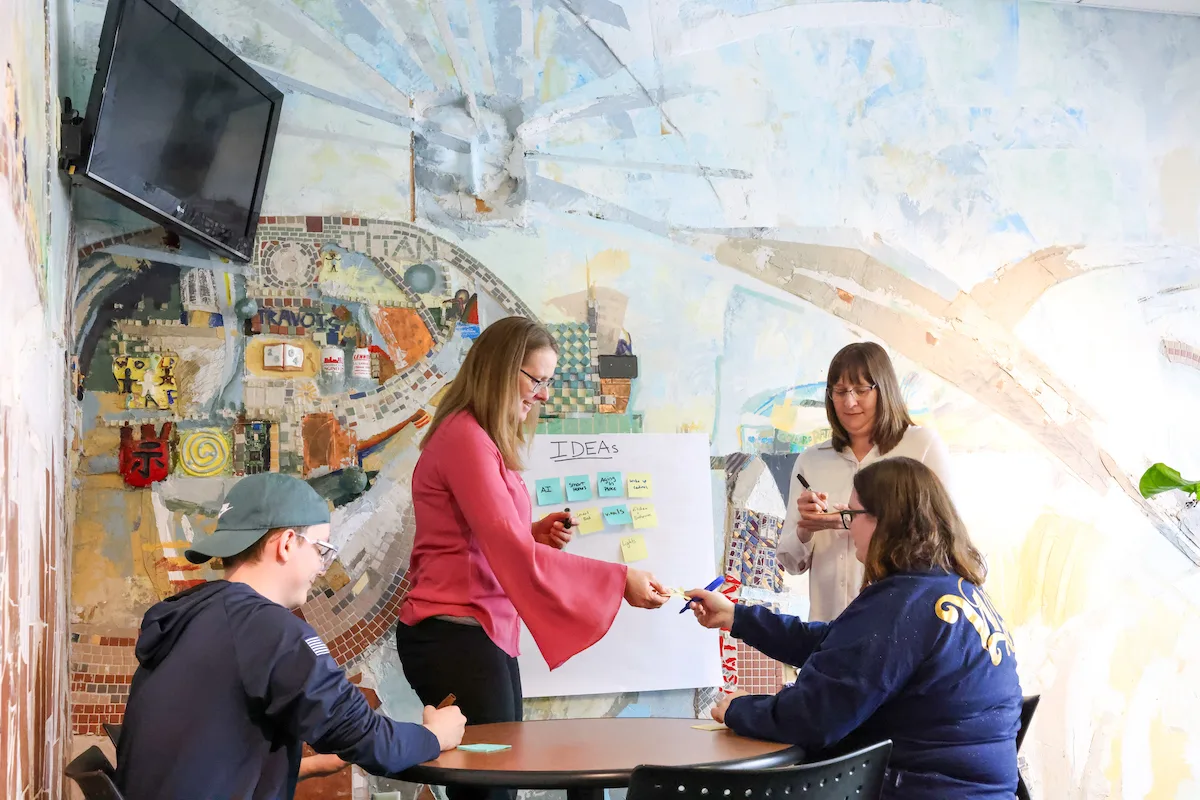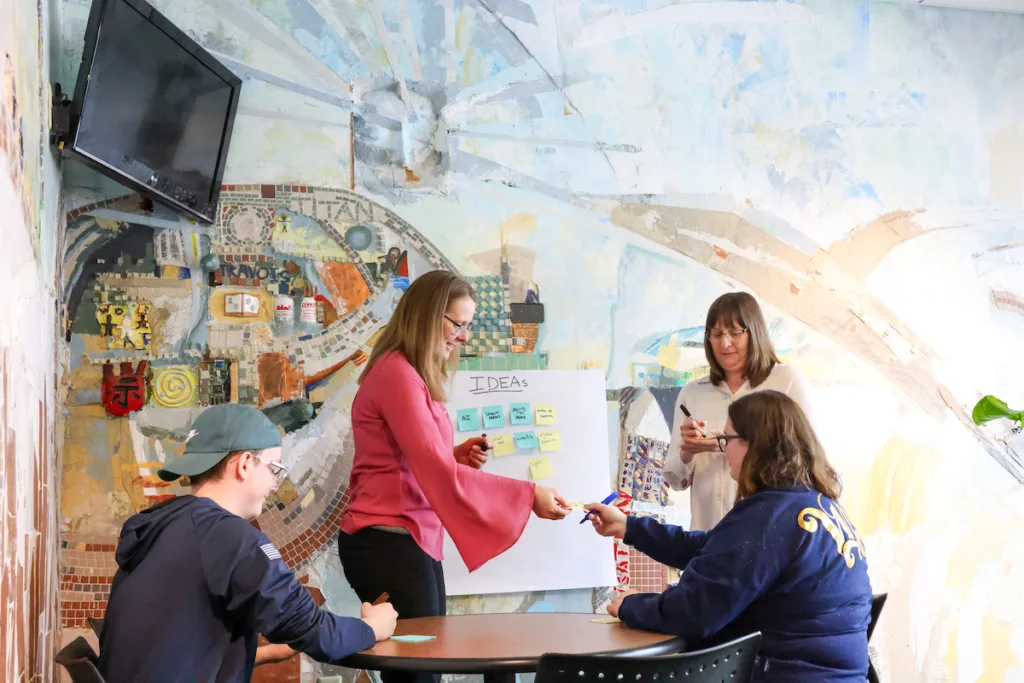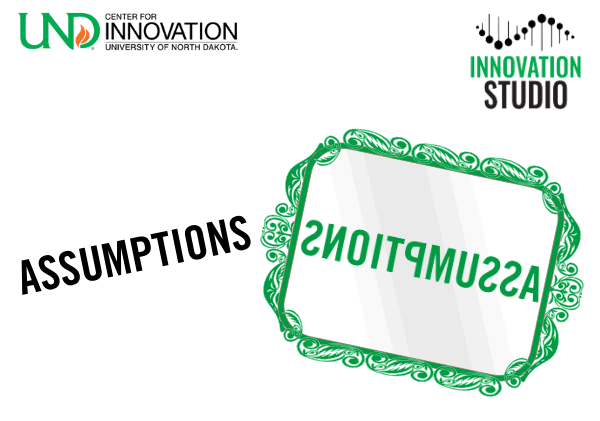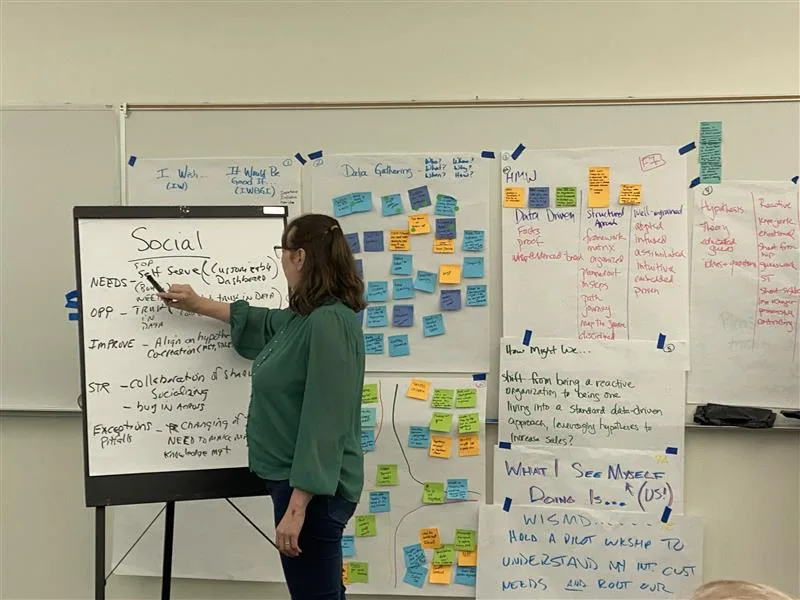
Running a small business in Grand Forks is no small feat. From juggling daily operations to planning for growth, it’s easy to feel stretched thin. Winter months bring their own set of challenges—slumps in sales, staffing shortages, and questions about how to expand into new markets.
What if you could tackle these challenges head-on and leave with a plan you’re excited to put into action?
The Solution Sprint Workshop on December 7th is your opportunity to step away from the daily grind, focus on your business, and walk out with a concrete, actionable plan.
Why You Should Attend
If you’re a small business owner looking to:
- Attract more customers and boost sales.
- Overcome the winter sales slump.
- Find and retain reliable staff.
- Explore and plan for expansion into new markets.
Then this workshop is for you.
This is a high-impact, hands-on workshop tailored to business owners who want results. Together, we’ll dig into your biggest challenges and work step-by-step to create a strategy that works for you.
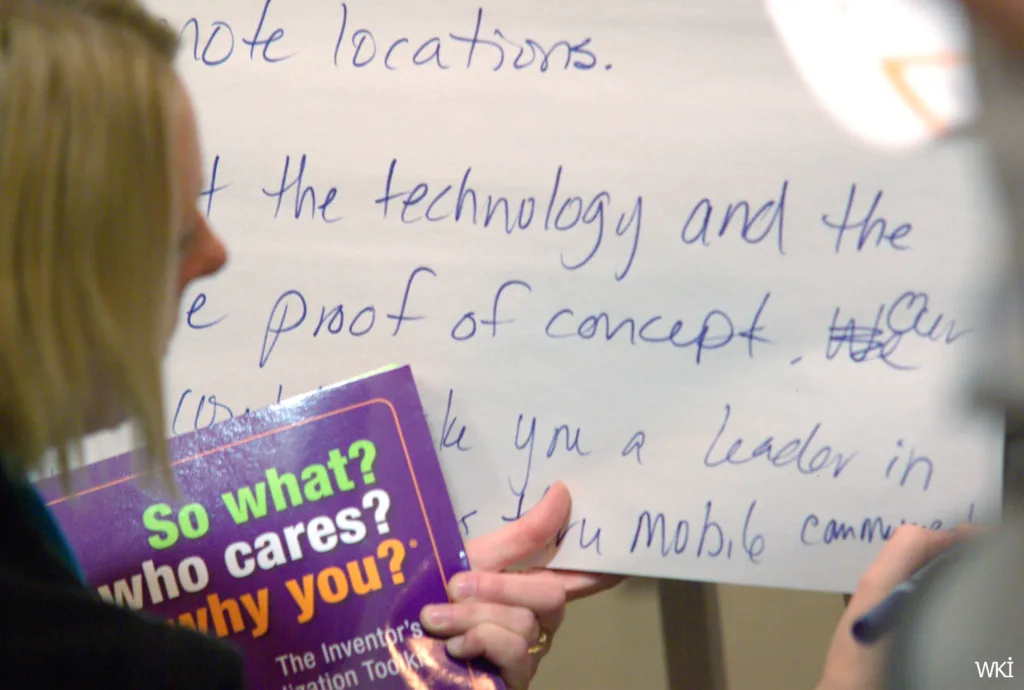
What to Expect
Here’s how the day unfolds:
| 9:00 AM – 10:00 AM: Clarify | We’ll start by exploring your vision, gathering insights, and clearly defining your most pressing challenges. |
| 10:00 AM – 11:30 AM: Ideate | Using creative thinking techniques, you’ll brainstorm potential solutions, identifying ideas with the most potential to move forward. |
| 11:30 AM – 12:30 PM: Lunch | Take a break and enjoy a delicious lunch on us while connecting with fellow business owners. |
| 12:30 PM – 1:30 PM: Develop | Refine, evaluate, and strengthen your top ideas to turn them into actionable solutions. |
| 1:30 PM – 3:00 PM: Implement | You’ll finish the day by creating a practical, step-by-step plan that you can execute immediately to grow your business. |
Why This Workshop Works
Practical, Hands-On Approach
Forget boring PowerPoints. You’ll roll up your sleeves, work through your real business scenarios, and leave with tools you can use right away.
Collaborative Energy
Connect with other Grand Forks business owners who share your challenges and aspirations. Share insights, learn from their experiences, and leave with fresh perspectives.
Expert Guidance
You’ll be guided by an experienced facilitator who knows how to help you clarify your vision, prioritize what matters, and take action.
Workshop Details
📅 Date: Thursday, December 7th
⏰ Time: 9:00 AM – 3:00 PM (Lunch included!)
📍 Location: Center for Innovation, 4200 James Ray Drive, Grand Forks
💡 Cost: $250 per participant
👉 Sign up now and save $50 with the early bird discount! Use code EARLYBIRD at checkout.
What You’ll Walk Away With
- Clarity & Focus: A clear, step-by-step plan to tackle your biggest challenges.
- Customer Insights: A deeper understanding of what your customers value most.
- Momentum: Renewed energy and direction to kick off the new year with confidence.
Don’t let another winter pass without taking steps to grow your business. Let’s make your next year your best one yet.
Spots are limited—secure your place today!


